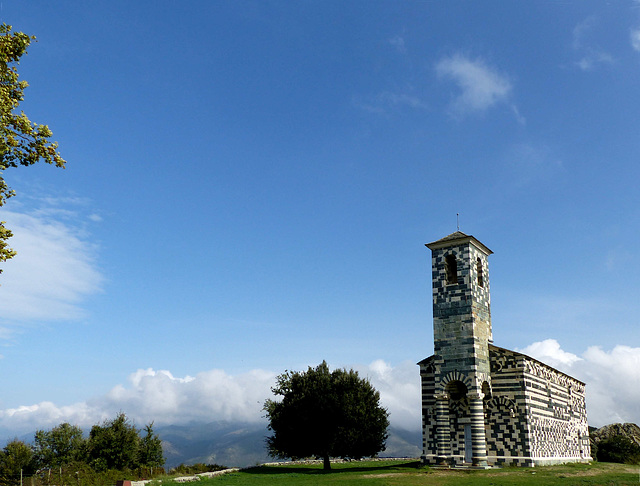Murato - San Michele de Murato
Murato - San Michele de Murato
Murato - San Michele de Murato
Murato - San Michele de Murato
Murato - San Michele de Murato
Murato - San Michele de Murato
Murato - San Michele de Murato
Murato - San Michele de Murato
Murato - San Michele de Murato
Murato - San Michele de Murato
Murato - San Michele de Murato
Murato - San Michele de Murato
Murato - San Michele de Murato
Murato - San Michele de Murato
Murato - San Michele de Murato
Murato - San Michele de Murato
Murato - San Michele de Murato
Murato - San Michele de Murato
Murato - San Michele de Murato
Canari - Santa Maria Assunta
Canari - Santa Maria Assunta
Canari - Santa Maria Assunta
Canari - Santa Maria Assunta
Canari - Santa Maria Assunta
Canari - Santa Maria Assunta
Canari - Santa Maria Assunta
Aregno - Trinita e San Giovanni Battista
Aregno - Trinita e San Giovanni Battista
Aregno - Trinita e San Giovanni Battista
Aregno - Trinita e San Giovanni Battista
Aregno - Trinita e San Giovanni Battista
Aregno - Trinita e San Giovanni Battista
Aregno - Trinita e San Giovanni Battista
Aregno - Trinita e San Giovanni Battista
Aregno - Trinita e San Giovanni Battista
Aregno - Trinita e San Giovanni Battista
Aregno - Trinita e San Giovanni Battista
Aregno - Trinita e San Giovanni Battista
Lumio - San Pietro e Paolo
Lumio - San Pietro e Paolo
Lumio - San Pietro e Paolo
Lumio - San Pietro e Paolo
Lumio - San Pietro e Paolo
Lucciana - Santa-Maria-Assunta
Lucciana - Santa-Maria-Assunta
Lucciana - Santa-Maria-Assunta
Lucciana - Santa-Maria-Assunta
Lucciana - Santa-Maria-Assunta
Location
Lat, Lng:
Lat, Lng:
You can copy the above to your favourite mapping app.
Address: unknown
Lat, Lng:
You can copy the above to your favourite mapping app.
Address: unknown
See also...
Keywords
Authorizations, license
-
Visible by: Everyone -
All rights reserved
-
119 visits
Murato - San Michele de Murato


The island of Corsica is one of the 18 regions of France. It was colonized the Carthaginians, the Greeks, the Etruscans and the Romans. After the Roman empire collapsed, Corsica got invaded by the Vandals and the Ostrogoths. For a short while the island belonged to the Byzantine Empire, then the Franks granted the island to the Pope, in the early 11th century Pisa and Genoa together freed the island from the threat of Arab invasion. The island came under the influence of the Republic of Pisa, later it belonged to Genua for centuries. In 1755 after a long fight for independence from Genoa the independent Corsican Republic was proclaimed, but in 1769, when the island was conquered by France.As the areas near the coast over centuries have been threatened by attacks and raids of pirates many old hamlets and dwellings are wide inland, high in the mountains. So most of the old churches are in the mountains and some of them are hard to find.
The small eye catching Romanesque church San Michele is easy to find, located on an isolated hill just outside Murato.
It was erected from mid-12th century on and was consecrated in 1280. At that time Corsica was ruled by Pisa and so it was built in a bicolor typical Pisan style recognizable by the alternation of green (serpentine) and white (limestone) stones, very similar to the "Basilica di Saccargia" on the neighbouring island of Sardinia.
The bell tower of the single nave church, supported by heavy columns, was raised by some metres during restoration works in the 19th century, so it seems a little "too high" now. Geneviève Moracchini-Mazel, uthor of "Corse Romane", calls the restoration "unfortunate".
The church presents remarkable naive motifs on the walls that are amazing in their imagination and variety.
The small eye catching Romanesque church San Michele is easy to find, located on an isolated hill just outside Murato.
It was erected from mid-12th century on and was consecrated in 1280. At that time Corsica was ruled by Pisa and so it was built in a bicolor typical Pisan style recognizable by the alternation of green (serpentine) and white (limestone) stones, very similar to the "Basilica di Saccargia" on the neighbouring island of Sardinia.
The bell tower of the single nave church, supported by heavy columns, was raised by some metres during restoration works in the 19th century, so it seems a little "too high" now. Geneviève Moracchini-Mazel, uthor of "Corse Romane", calls the restoration "unfortunate".
The church presents remarkable naive motifs on the walls that are amazing in their imagination and variety.
Sylvain Wiart, aNNa schramm, Alexander Prolygin, Aschi "Freestone" have particularly liked this photo
- Keyboard shortcuts:
Jump to top
RSS feed- Latest comments - Subscribe to the comment feeds of this photo
- ipernity © 2007-2024
- Help & Contact
|
Club news
|
About ipernity
|
History |
ipernity Club & Prices |
Guide of good conduct
Donate | Group guidelines | Privacy policy | Terms of use | Statutes | In memoria -
Facebook
Twitter

Thank you for the info.
Sign-in to write a comment.